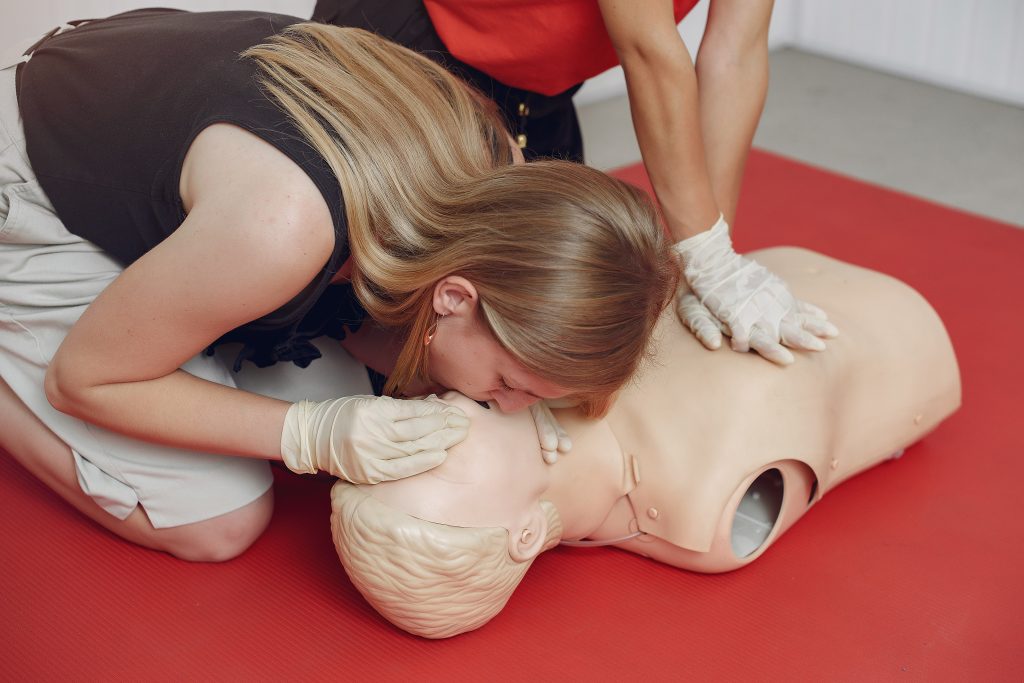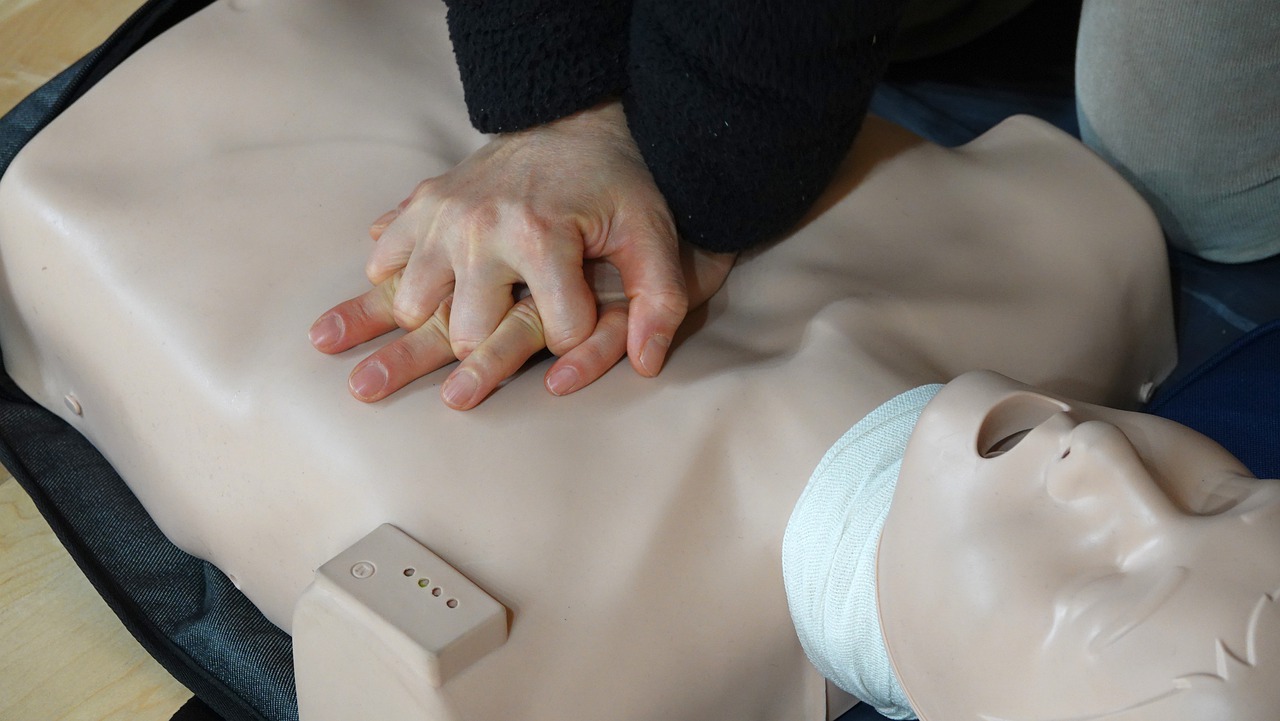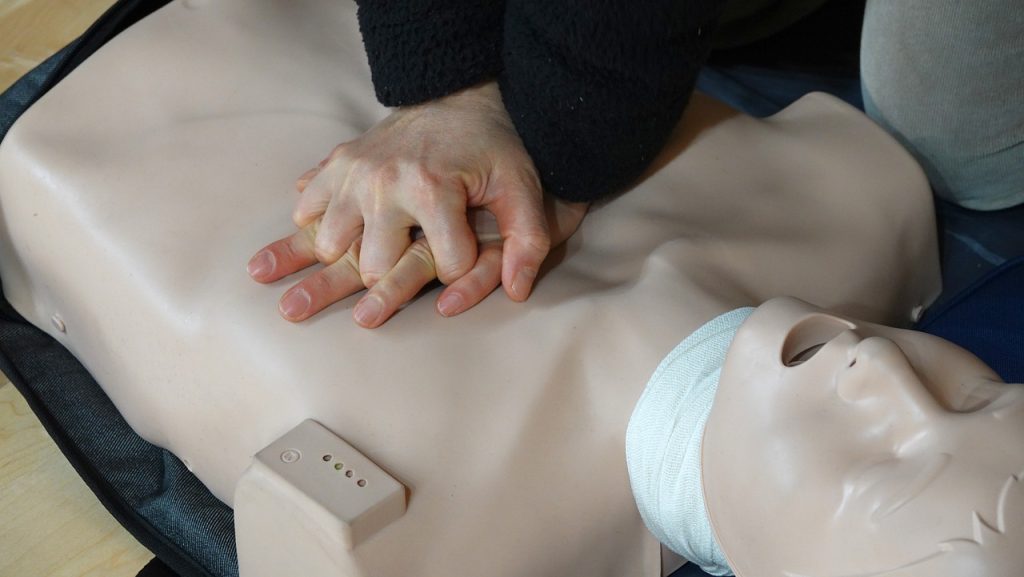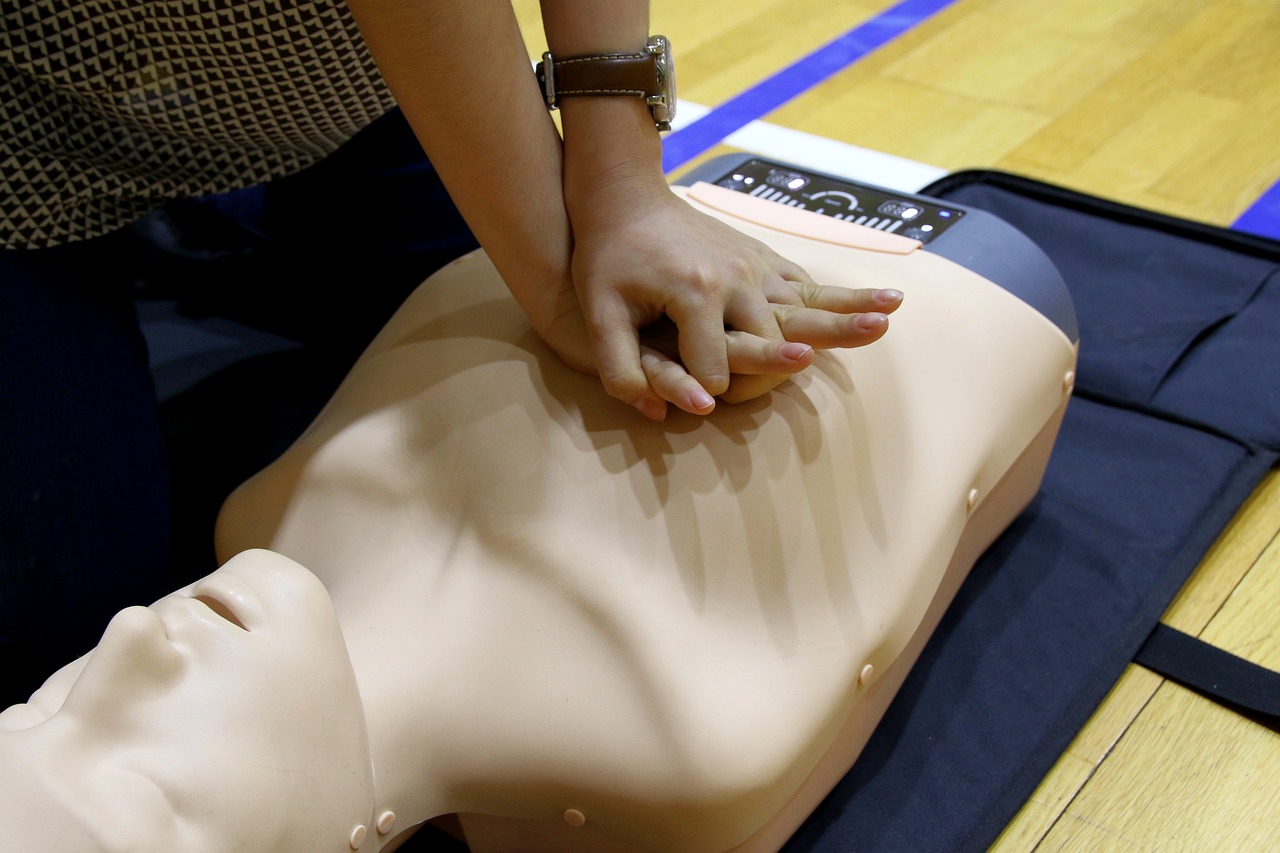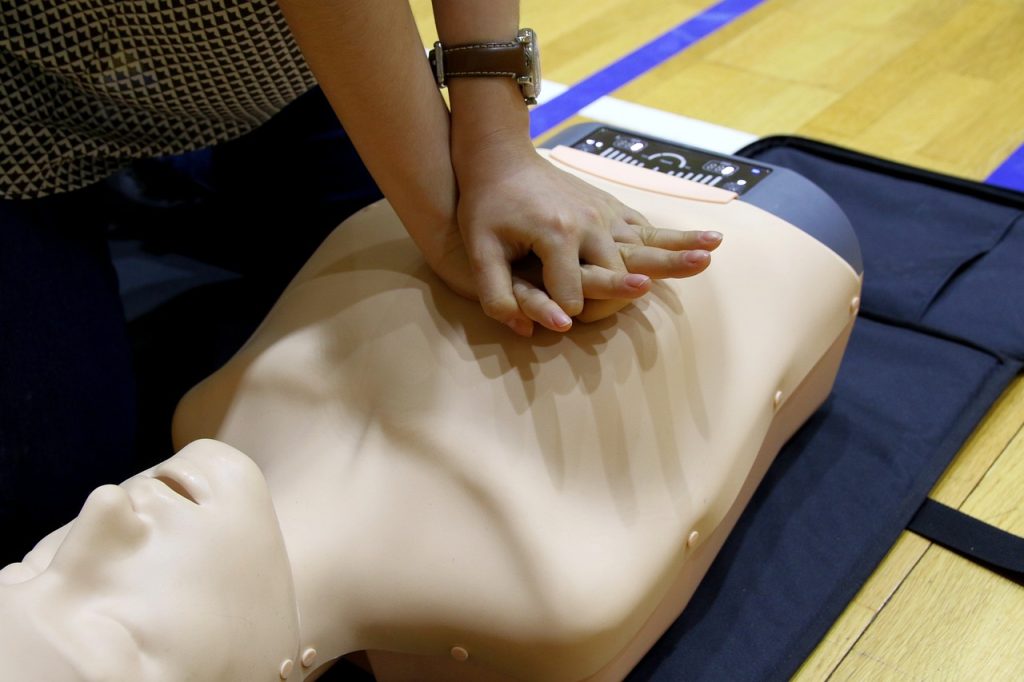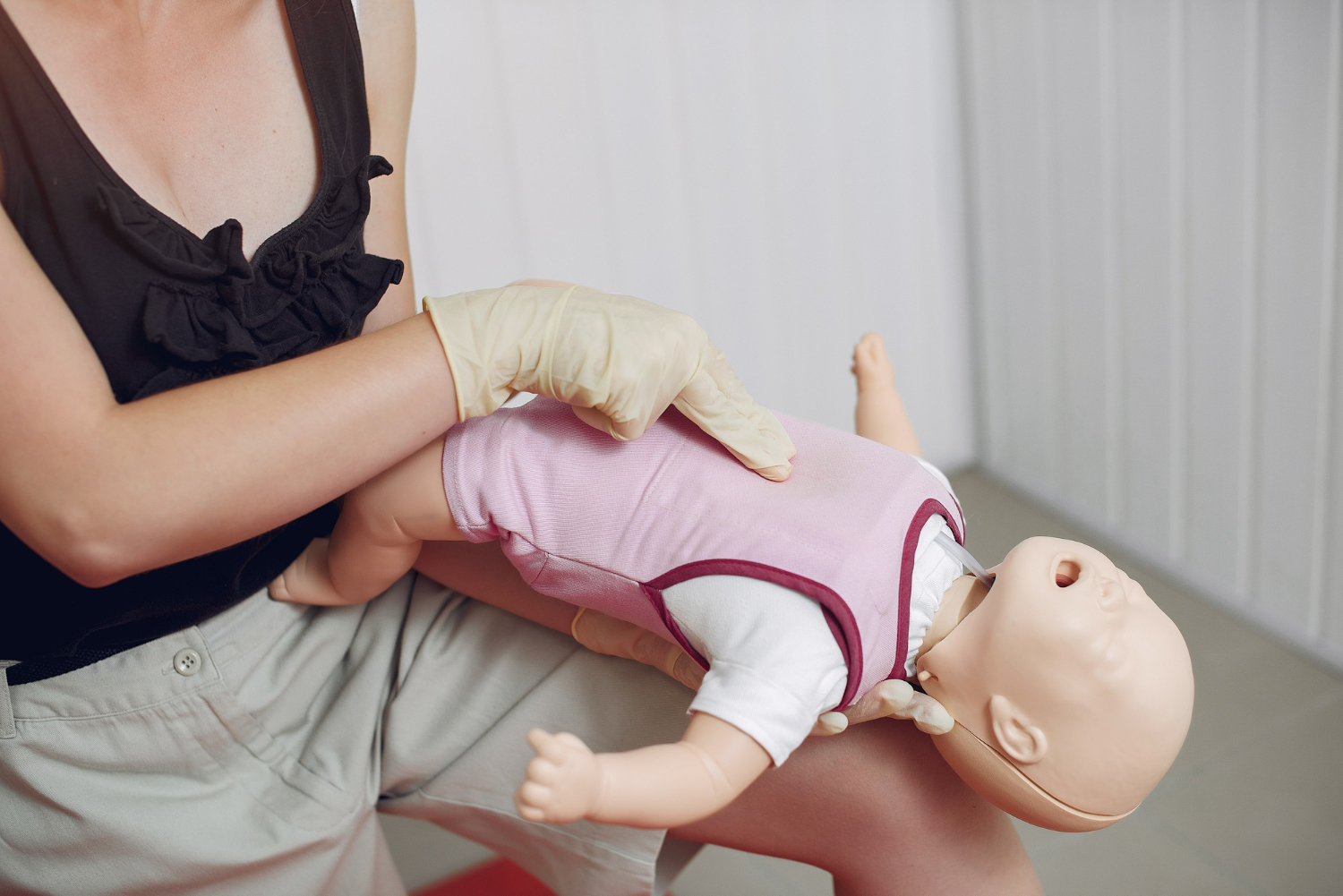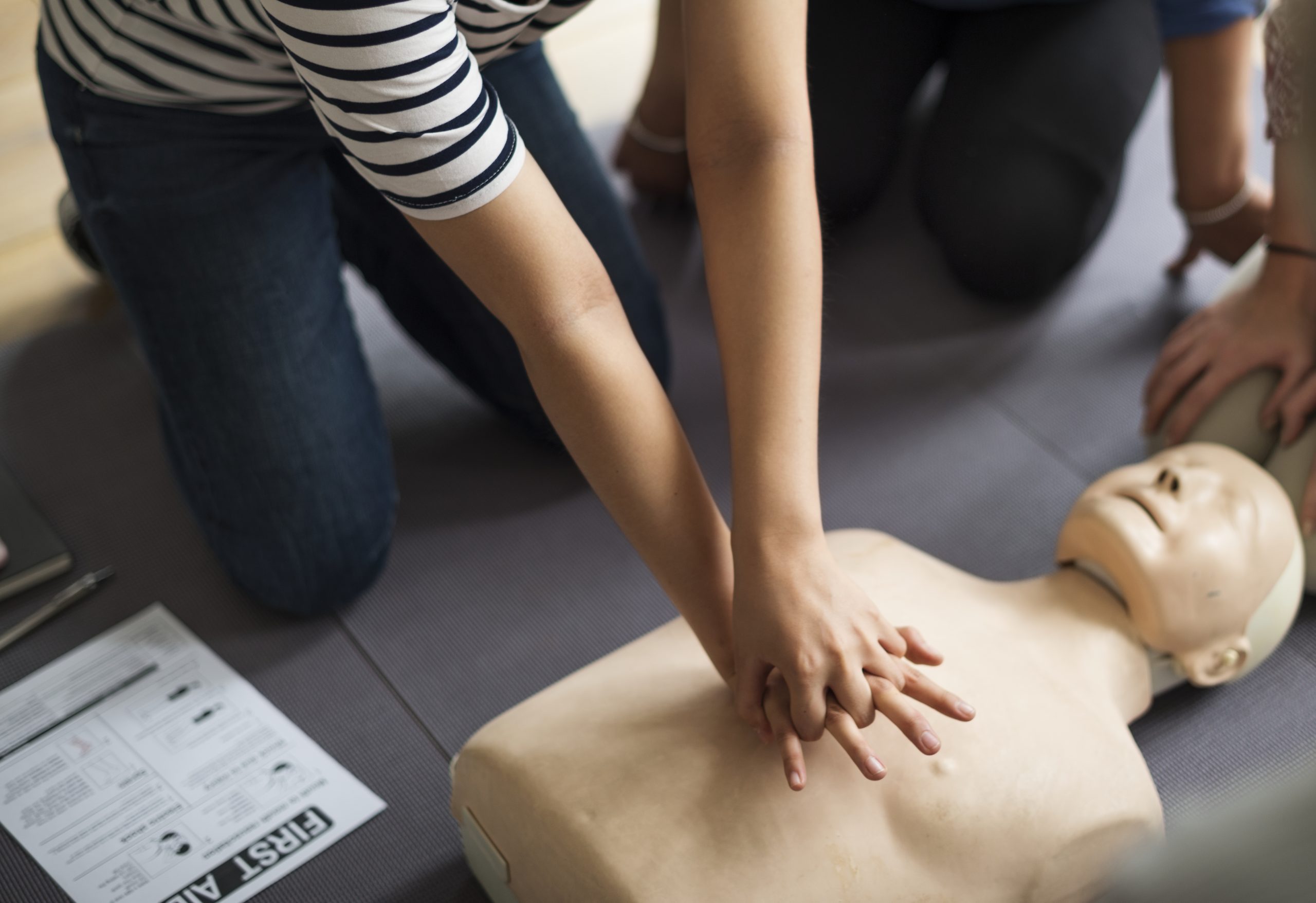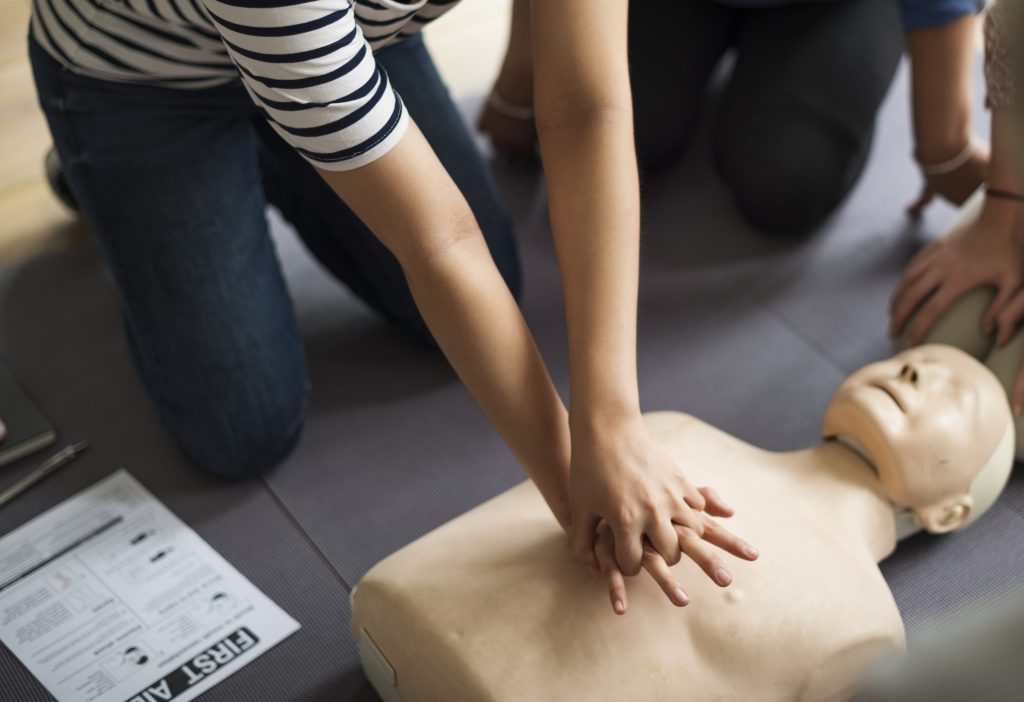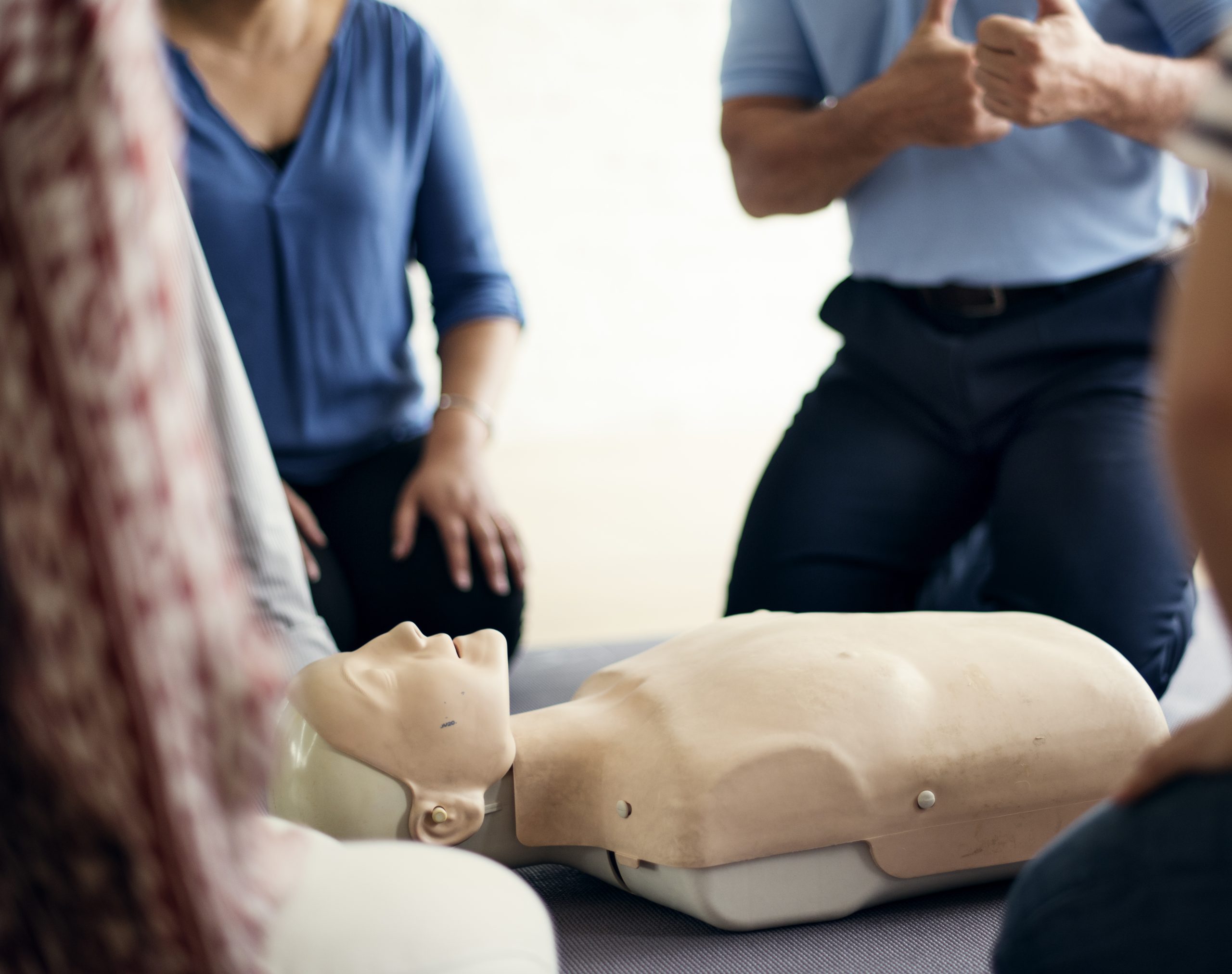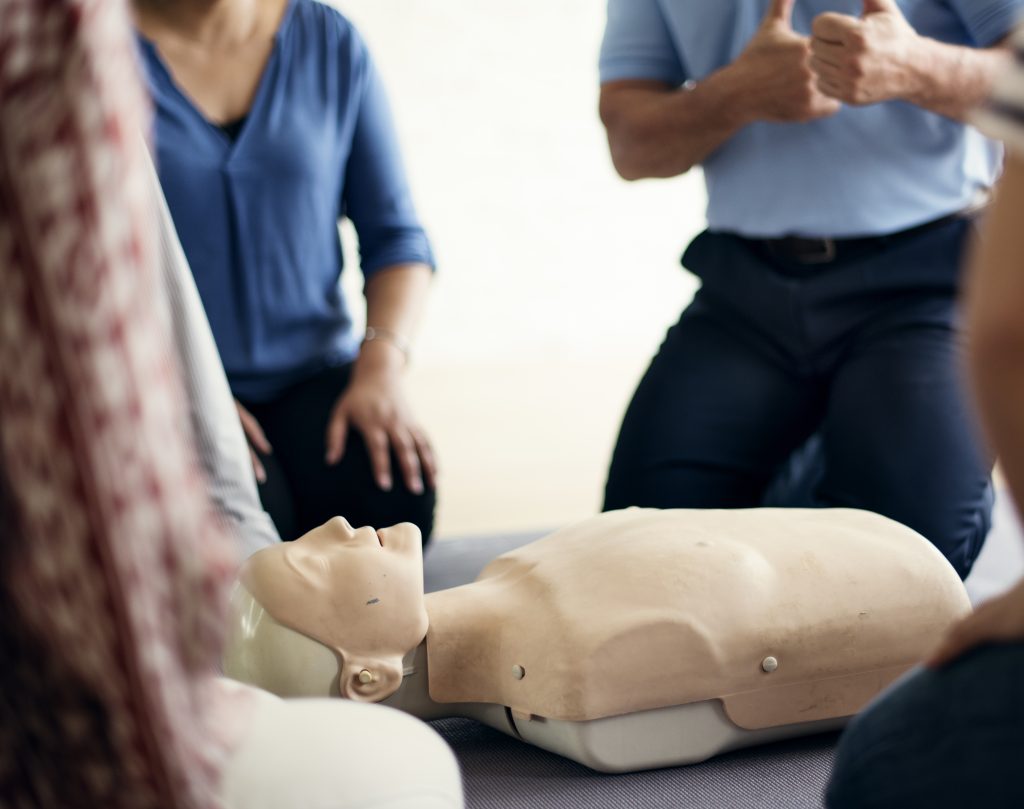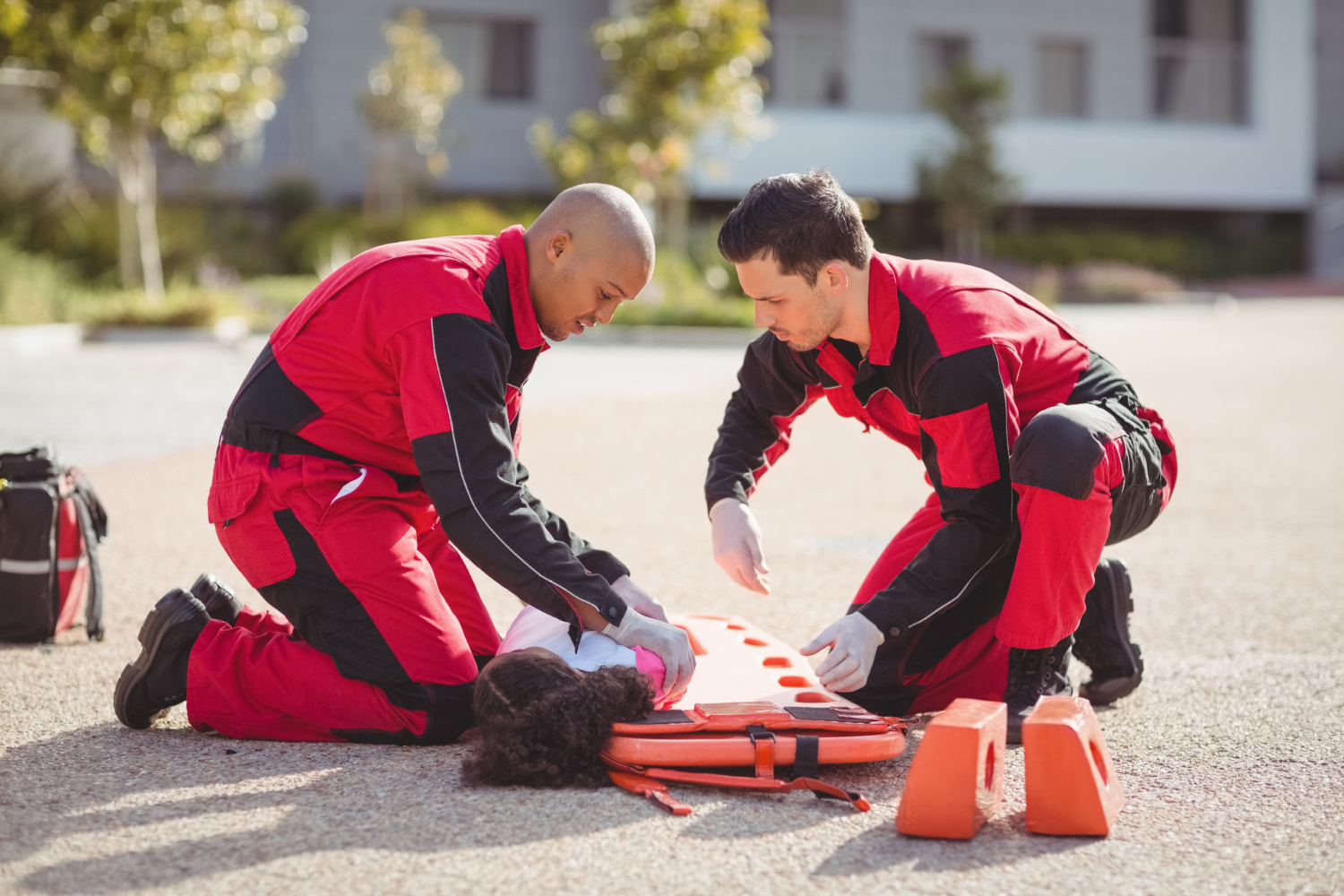The Importance of CPR Training for Businesses in Jacksonville, FL
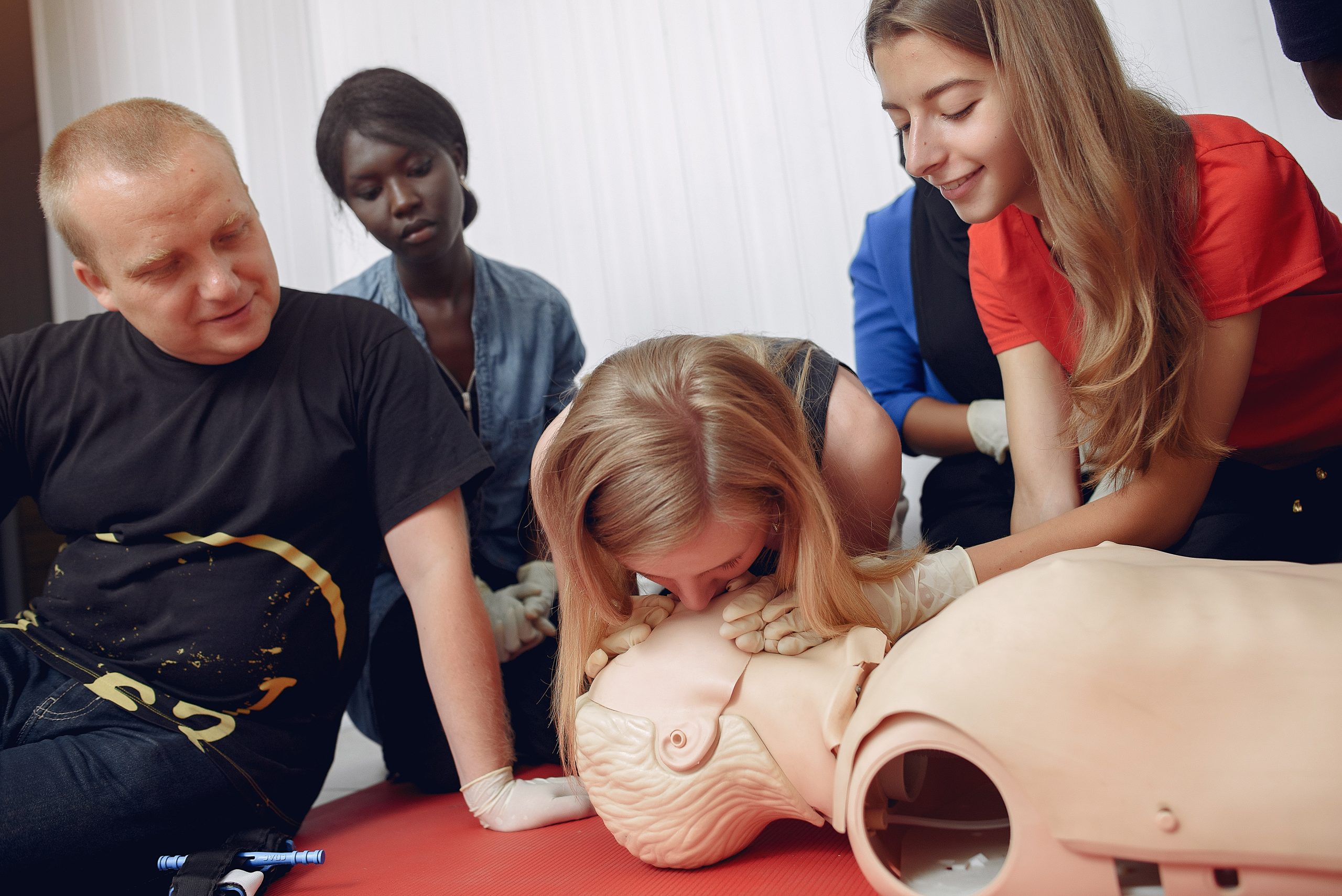
The Importance of CPR Training for Businesses in Jacksonville, FL

In Jacksonville, FL, businesses play a crucial role in promoting safety through CPR training. This vital skill equips employees to respond promptly to emergencies, potentially saving lives within the workplace. Learn why investing in CPR training for businesses in Jacksonville is important.
Why CPR Training in Jacksonville is Essential for Businesses
Beyond the immediate lifesaving potential, CPR training for businesses in Jacksonville, FL, offers a multifaceted set of benefits that extend far beyond just checking a box on a safety checklist. Let’s delve deeper into the key reasons why investing in this training is not only crucial, but also strategically advantageous for any business:
1. Protecting Lives: The Core Advantage
At its core, CPR training empowers your employees to become immediate first responders in the critical moments following a cardiac arrest. With every passing minute without CPR, the victim’s survival chances decrease by 10%. In the dynamic and fast-paced environment of Jacksonville, where emergency response times may vary, trained employees can bridge this critical gap. They become the first line of defense, administering CPR immediately and significantly increasing the victim’s odds of survival. This translates to potentially saving the life of a colleague, customer, or even a stranger in need. By equipping your team with this lifesaving skill, you become an active participant in ensuring the well-being of individuals within your community.
2. Fostering a Culture of Safety and Well-being
Investing in CPR training sends a powerful message to your employees – their health and safety are a top priority. This fosters a positive work environment where employees feel valued, supported, and empowered to take care of themselves and others. Studies have shown that businesses with robust safety programs experience:
- Increased employee morale: Knowing their employer prioritizes their well-being boosts employee morale and engagement.
- Enhanced productivity: A safe and secure work environment leads to reduced stress and anxiety, ultimately contributing to increased productivity.
- Reduced turnover: Employees who feel valued and supported are more likely to stay with the company, reducing costly turnover and recruitment efforts.
3. Mitigating Risks and Building Trust
While not a legal requirement, CPR training can act as a shield against potential legal liabilities in the event of an emergency. Trained employees demonstrate a proactive approach to emergency response, potentially strengthening your legal position if faced with an incident. This proactive approach can also build trust with your customers, demonstrating your commitment to creating a safe and responsible environment for everyone.
4. Attracting and Retaining Top Talent
In today’s competitive job market, businesses offering valuable benefits like CPR training stand out. It showcases your commitment to employee development and well-being, making you a more attractive employer to top talent. This translates to attracting highly motivated individuals who align with your values, potentially reducing recruiting costs and fostering a strong employer brand.
5. Building Resilience and Confidence
CPR training often involves hands-on practice and teamwork. This shared learning experience fosters camaraderie, communication, and problem-solving skills among employees. They learn to work together effectively under pressure, building resilience and confidence in the face of unexpected situations. This translates to a stronger and more collaborative team, capable of handling challenges both inside and outside the workplace.
By investing in CPR training, you’re not just ticking a box; you’re making a strategic investment in the lives of your employees, the safety of your community, and the long-term success of your business. It’s a win-win situation that empowers your team, strengthens your brand, and potentially becomes a source of immense pride and gratitude within your community.
Compliance with Regulations and Legal Requirements
Businesses in Jacksonville must adhere to specific regulations regarding workplace safety. Providing CPR training for employees not only fulfills legal obligations but also demonstrates a commitment to creating a safe work environment. By investing in CPR training, businesses can mitigate risks and liabilities associated with medical emergencies.
While the lifesaving potential of CPR training for businesses in Jacksonville, FL, stands as a compelling reason for implementation, understanding the legal and regulatory landscape adds another layer of importance. Let’s navigate this terrain to gain clarity on compliance and potential requirements:
1. Is CPR Training Mandatory for Businesses in Jacksonville?
Currently, there is no legal mandate requiring businesses in Jacksonville to provide CPR training for their employees. However, various factors create an environment where investing in such training becomes crucial:
- State-Level Recommendations: Florida encourages schools and certain healthcare facilities to have trained CPR personnel on hand. While not directly applicable to all businesses, it sets a precedent for prioritizing CPR preparedness.
- Industry-Specific Regulations: Depending on your industry, specific regulations or licensing requirements might necessitate CPR training for certain personnel. Consulting with industry associations or regulatory bodies can clarify these requirements.
- General Duty Clause: The Occupational Safety and Health Administration (OSHA) requires employers to provide a safe and healthful workplace. While not explicitly mandating CPR training, courts have interpreted this “general duty clause” to encompass situations where CPR training could significantly impact employee safety.
2. The Importance of Proactive Measures:
Even in the absence of a strict legal mandate, proactively equipping your employees with CPR skills demonstrates a responsible and safety-conscious approach. This can hold significant benefits:
- Mitigating Legal Liabilities: In the event of an emergency where CPR could have made a difference, demonstrating the availability of trained personnel can strengthen your legal position.
- Building Trust and Confidence: Taking proactive steps to ensure employee safety fosters trust and confidence within your workforce. This positive relationship can translate into increased engagement and productivity.
- Reputation Management: Being recognized as a safety-conscious organization can enhance your public image and attract customers and potential employees who value responsible business practices.
3. Navigating the Regulatory Landscape:
To ensure compliance with any relevant industry-specific regulations or licensing requirements, consult with the appropriate regulatory bodies or industry associations. Additionally, staying informed about any changes in state or federal legislation regarding CPR training and workplace safety is crucial.
4. Building a Culture of Compliance:
Compliance with regulations shouldn’t be viewed as a mere checkbox exercise. Foster a culture of safety within your organization by:
- Encouraging open communication and reporting of potential safety hazards.
- Providing ongoing safety training and education beyond CPR, tailored to your specific industry needs.
- Regularly reviewing and updating your safety policies and procedures.
By understanding the legal and regulatory landscape surrounding CPR training, and by proactively fostering a culture of safety, you can ensure compliance, protect your employees and organization, and contribute to a safer community. Remember, investing in CPR training is not just about ticking a box; it’s about demonstrating your commitment to creating a responsible, compliant, and safe environment for everyone.
Building a Culture of Preparedness
CPR training transcends the immediate act of saving lives; it fosters a culture of preparedness. This translates to several key advantages:
- Proactive Approach to Safety: Equipping your employees with CPR skills demonstrates a proactive approach to employee safety and well-being. This builds trust, confidence, and fosters a positive work environment.
- Enhanced Crisis Response: Trained employees can act swiftly and effectively in emergencies, potentially mitigating harm and increasing the chances of a positive outcome.
- Increased Confidence and Collaboration: Hands-on training fosters teamwork, communication, and problem-solving skills, creating a more resilient and collaborative team.
- Stronger Community Bond: Businesses with a safety-first culture contribute to a stronger and more prepared community, showcasing their commitment to social responsibility.
Investing in CPR training is not just about compliance; it’s about cultivating a culture of preparedness, empowering your team, and building a stronger community. This concise explanation emphasizes the cultural benefits of CPR training beyond just ticking a safety box.
Increasing Emergency Response Capabilities
Having employees trained in CPR enhances the overall emergency response capabilities of a business. In the critical moments following a medical emergency, a trained individual can provide immediate assistance until professional help arrives. This swift response can significantly impact the outcome and increase the chances of survival. CPR training for businesses in Jacksonville, FL, isn’t just about individual lifesaving skills; it amplifies your overall emergency response capabilities. Here’s how:
- Immediate Action in Critical Moments: Trained employees become the first line of defense, administering CPR instantly, potentially bridging the gap before professional help arrives. This significantly increases survival chances in cardiac arrest situations.
- Expanded Response Team: Every trained employee adds to your pool of first responders, increasing the number of individuals equipped to handle emergencies, reducing panic, and ensuring a more coordinated response.
- Enhanced Confidence and Coordination: Hands-on training fosters teamwork and communication, enabling employees to act together effectively under pressure, resulting in a more coordinated and efficient response during emergencies.
- Improved Decision-Making: Training equips employees with the knowledge and skills to assess situations more calmly and make informed decisions in the critical minutes following an emergency.
By investing in CPR training, you don’t just equip individuals; you build a more robust and capable emergency response network within your business. This translates to faster intervention, better decision-making, and ultimately, a greater chance of saving lives and minimizing harm in critical situations.
Building Trust and Reputation: The CPR Advantage
Businesses that prioritize CPR training demonstrate their commitment to safety and preparedness, which can enhance their reputation among customers and the community. Customers are more likely to trust and support businesses that prioritize employee training and safety initiatives.
Investing in CPR training can set businesses apart as responsible and caring establishments. In the competitive landscape of Jacksonville, FL, businesses strive to differentiate themselves. Investing in CPR training for your employees offers a unique advantage in fostering both trust and reputation:
- Demonstrating Commitment to Safety: Equipping your team with lifesaving skills showcases your dedication to creating a safe environment for employees and customers alike. This commitment resonates with individuals who value responsible business practices.
- Building Confidence and Loyalty: Knowing their well-being is prioritized fosters trust and confidence among employees, leading to increased loyalty and engagement. Customers also appreciate businesses that prioritize safety, fostering positive brand perception.
- Potential Hero Moments: Trained employees can become unexpected heroes, potentially saving lives in emergencies. These positive stories create a powerful PR narrative, enhancing your reputation and community standing.
- Proactive Approach to Risk Management: Investing in CPR training demonstrates a proactive approach to risk mitigation, potentially reducing incidents and liability concerns. This responsible image strengthens public trust and confidence.
Final Words
In conclusion, CPR training is not just a recommended practice but a critical necessity for businesses in Jacksonville, FL. In the vibrant tapestry of Jacksonville, every life is a precious thread. By equipping your team with CPR training, you empower them to become heroes, ready to weave a safety net for your community. This investment goes beyond compliance; it fosters a culture of well-being and builds resilience. Take the first step today and become a beacon of hope. Remember, every second counts.


